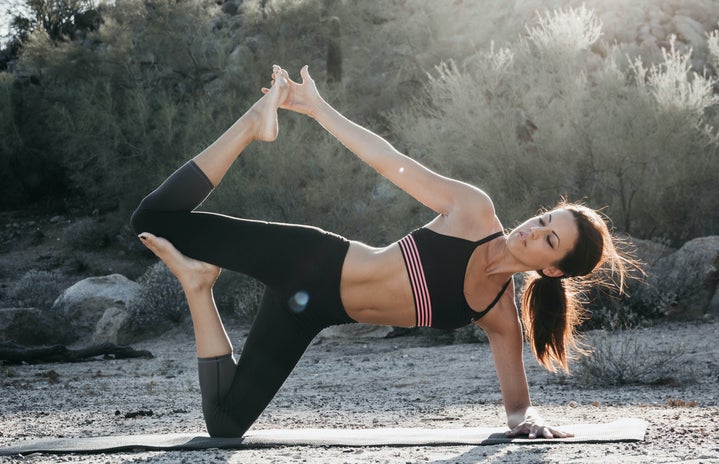Recently when I was on my period (TMI, I know, but stick with me) I got to thinking about all the menstrual products I use and how much waste one cycle can create. Just one tampon has a wrapper, a (usually) plastic applicator, and the tampon itself– that’s a lot of stuff! According to change to green, plastic tampon applicators can take up to 500 years to decompose. Even then, plastic never really decomposes, it just gets smaller and smaller until it’s invisible to the human eye, but while it’s shrinking, it’s constantly emitting toxic chemicals into our atmosphere. Change to green also states that up to 8,000 chemicals, including dangerous pesticides, can be used in the production of a cotton good– including cotton tampons which are then inserted into your vagina and into your bloodstream, yuck. So, with that being said I decided to buy a menstrual cup.
Photo Courtesy of Tainted By Trash
A menstrual cup is a literal cup made out of medical grade silicone that collects menstrual blood. While my cup cost twenty-five dollars, it will last me up to ten years! According to the diva cup website, the average menstruating person uses 20 tampons per cycle, that’s 240 tampons for an average year and over two thousand for ten years. Just by using a menstrual cup I’m saving thousands of tampons from entering our environment, and not to mention hundreds of dollars. This one change has actually gotten me excited about my cycle and saving the environment!
Changing the way I handle my period got me thinking about other ways I can help our environment. After a little research, I’ve found that really anything can be made more sustainable or even produce zero waste. Makeup companies like Kjaer Weis sell products that are all natural and can actually be refilled instead of buying a whole new product! One mascara tube can last for years and years as long as you keep buying the refill cartridges. Even nail polish companies exist that sell fully completely eco-friendly and recyclable products, and polish can be removed using reusable cotton pads.
One day I hope to have an entire cruelty-free, zero waste beauty routine and create less waste on the whole. For now, my next step is to eradicate straws from my life. Straws create unnecessary plastic, which again never fully breaks down, and gets stuck in poor sea turtles noses. Since the College of Charleston’s sustainability week is coming up– if you’re able to, I challenge you all to do the same! Give up straws in the name of our planet, especially the sea turtles, and start your first step to sustainability– you won’t regret it.

